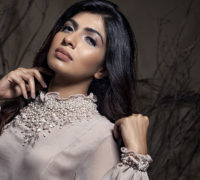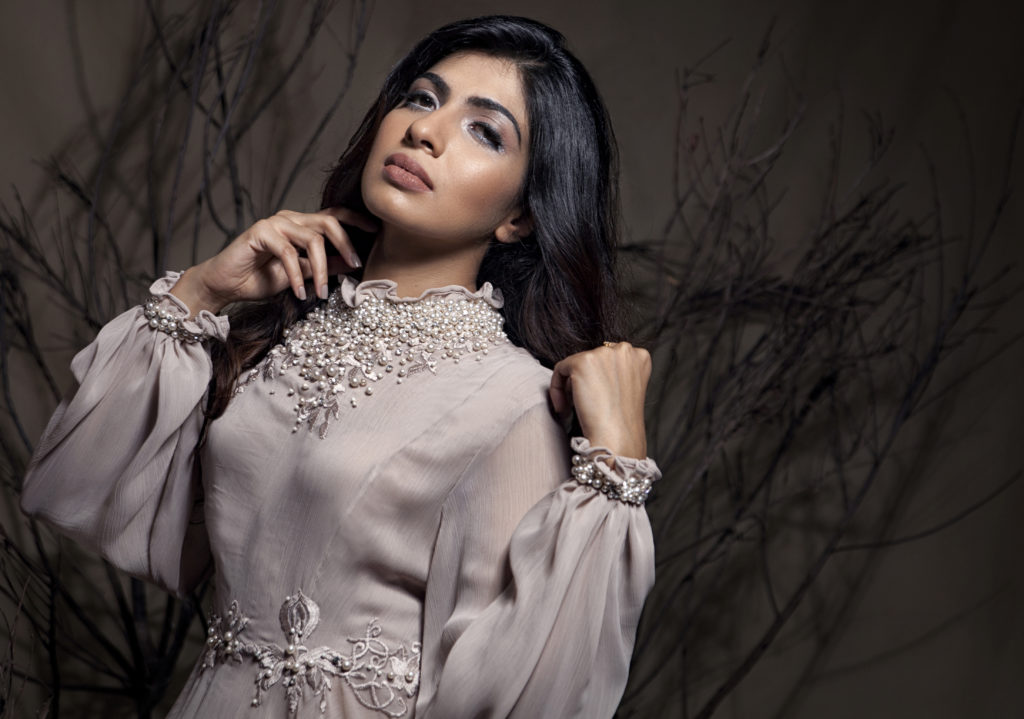
Dimuthu Sahabandu’s haute couture story happened rather by accident. In an interesting and humorous interview with us, he relates how his parents and art teacher kindled his creativity and encouraged him to draw before he could barely speak; the rise of his sought-after label in fashion circles today, and he also provides useful gems of advice on how to market clothing brands.
EM: How did Dimuthu Sahabandu Collections manifest?
DS: Growing up, I was not aware that Fashion Designing was something that you could make a career out of. Back in the 90s’, we had a few loopholes in our education system where you had to study science, mathematics, engineering or something similar and a hankering for any artistic career was a big No. God forbid if you dared show any passion for a profession that wasn’t going to bring in a ‘decent income’.
EM: Have you always been passionate about art?
DS: I was always very interested in art, but pursuing any artistic career was not really encouraged. However I was lucky enough to meet the correct people who encouraged my studies in Fashion Design. This was boho to my chic and I took it on! The day after I finished my Higher National Diploma in Fashion Design, to my surprise and delight, I got selected to go to LaSalle for my BA Hons in Fashion Design and that too for the final year, which is very rare and I was thrilled to bits at this achievement.
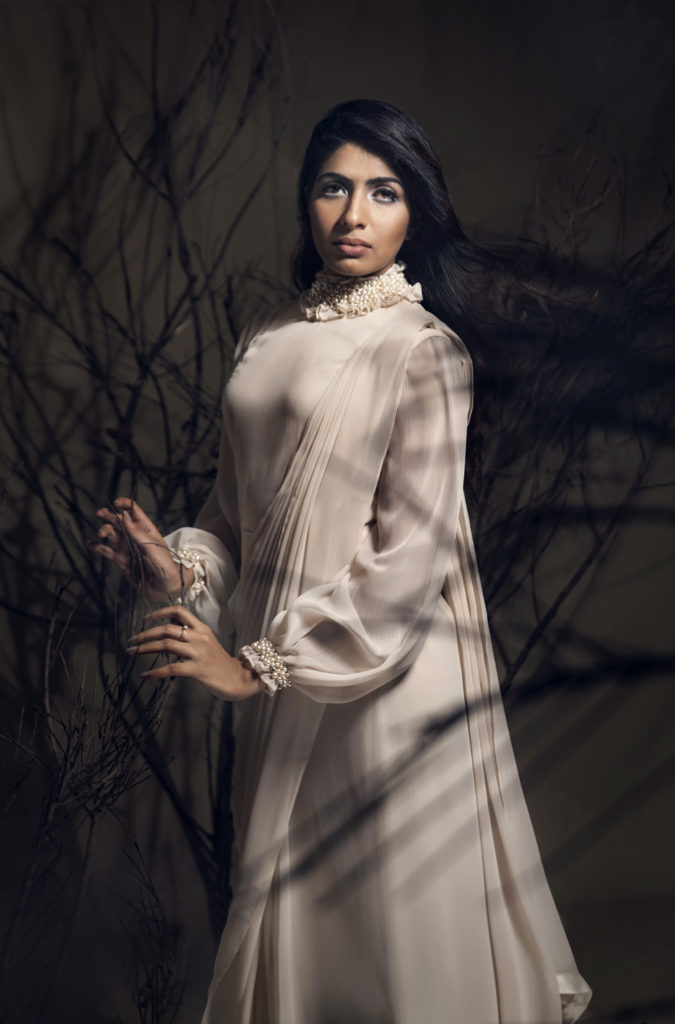
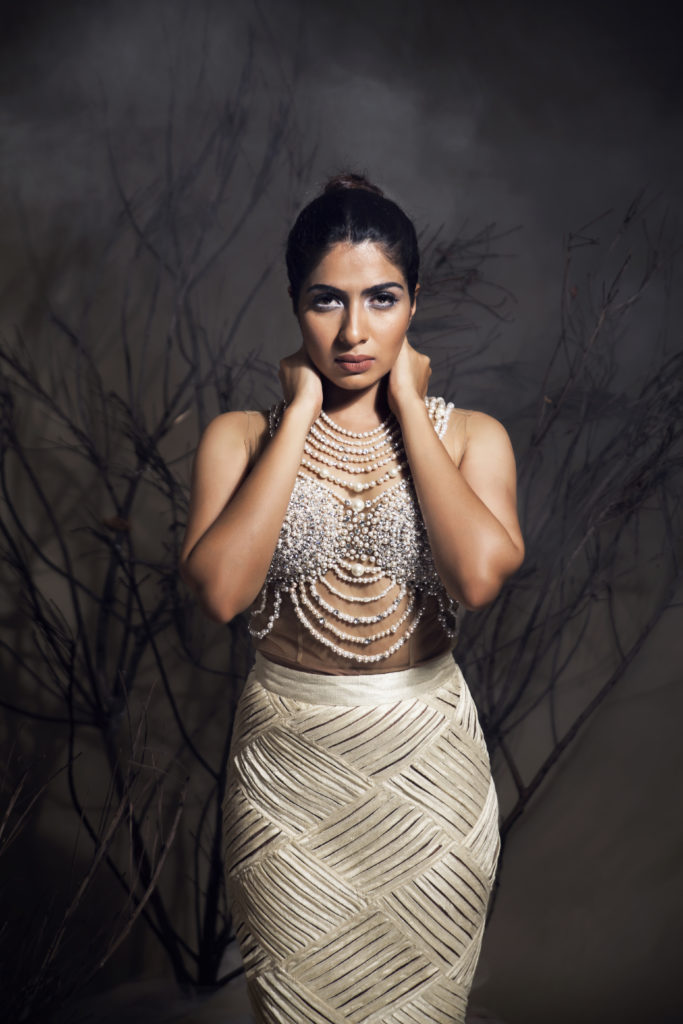
EM: When did things really take off?
DS: In 2011 when I scored the first goal in the field. That was the GenNext Award at Colombo Fashion Week which is today’s BrightSparks. I was lucky to win that award and also got the added opportunity of showcasing my collection at the IPL Fashion Show in India both in 2011 and 2012. I’ve been retailing at Melache since 2010 and moved into bridals a year later. My work was recently showcased at Asian Designer Week.
EM: Most new designers take off with a bang and find it hard to sustain their brand over long periods of time. Why do you think this happens?
DS: It’s very important that individuals know why they are getting into Fashion Design. I have seen so many new designers with a great deal of talent, but most of them see the glamorous aspect, which is showcasing their designs on a ramp. After that, they’re not exactly sure how to handle the business side of it and achieve brand progress, which is probably the most vital aspect. Consistency is something you have to be very serious about; it’s not going to help anyone to be good one year and slack the next; you have to make sure that you’re consistent at any cost. Being able to take constructive criticism is a plus point, because if you’re clever enough to understand what your market requirements are, it will be much easier to make your next move. Another key point to remember is that it’s vital to know what you are going to do with your collection after it comes off-ramp; it’s not about doing amazing sketches, showcasing a fabulous collection and then leaving it on the rack. You need to be able to be moulded and go with the flow in order to be a success. You also have to keep in mind that what you show is sometimes not possible to retail; a piece that looks very artistic on the ramp might not possess wearability in everyday life, so you may have to break it down for your client and keep in mind the affordability and physical features of each client. That does not mean that you have to make your runway shows boring; you just need to strike a healthy balance between ramp and retail. The emerging designers are excellent nowadays; it’s all about educating and perfecting yourself in order to achieve the best results.
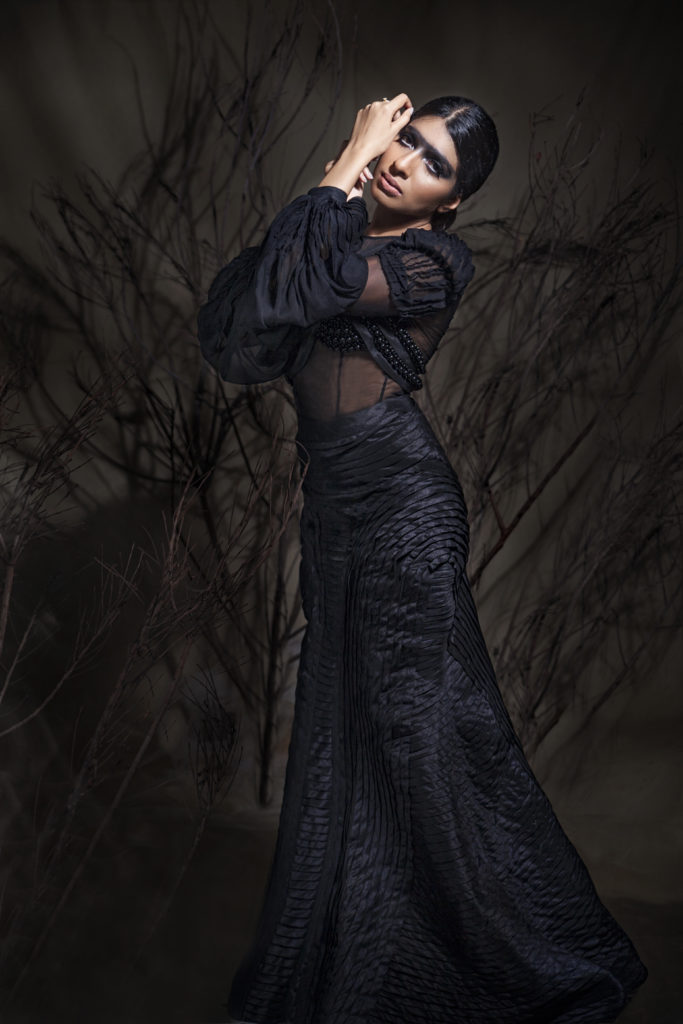
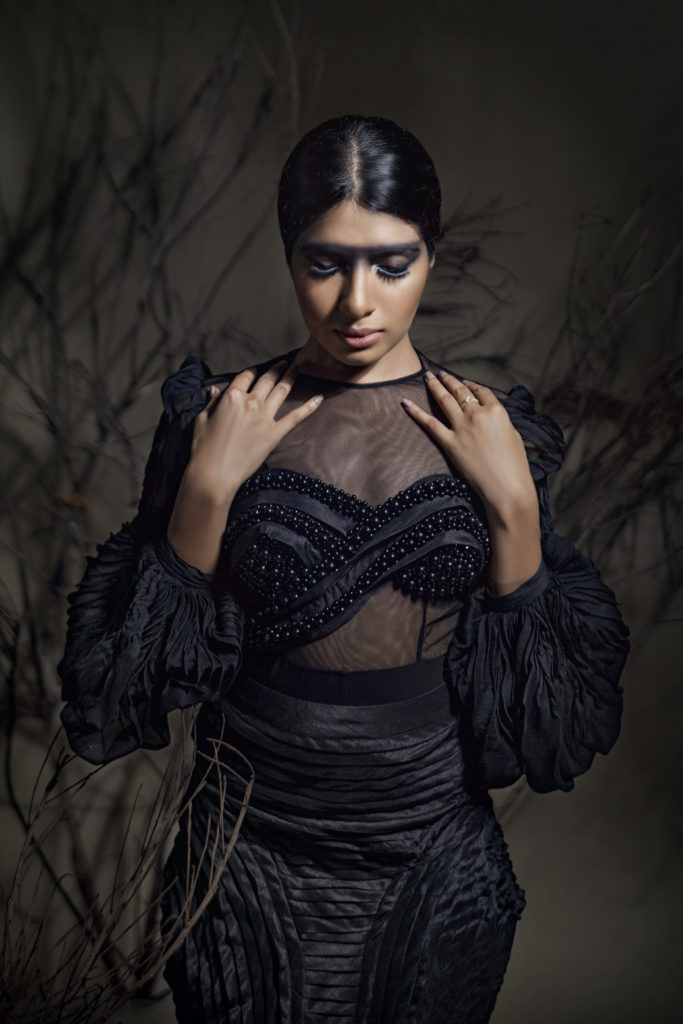
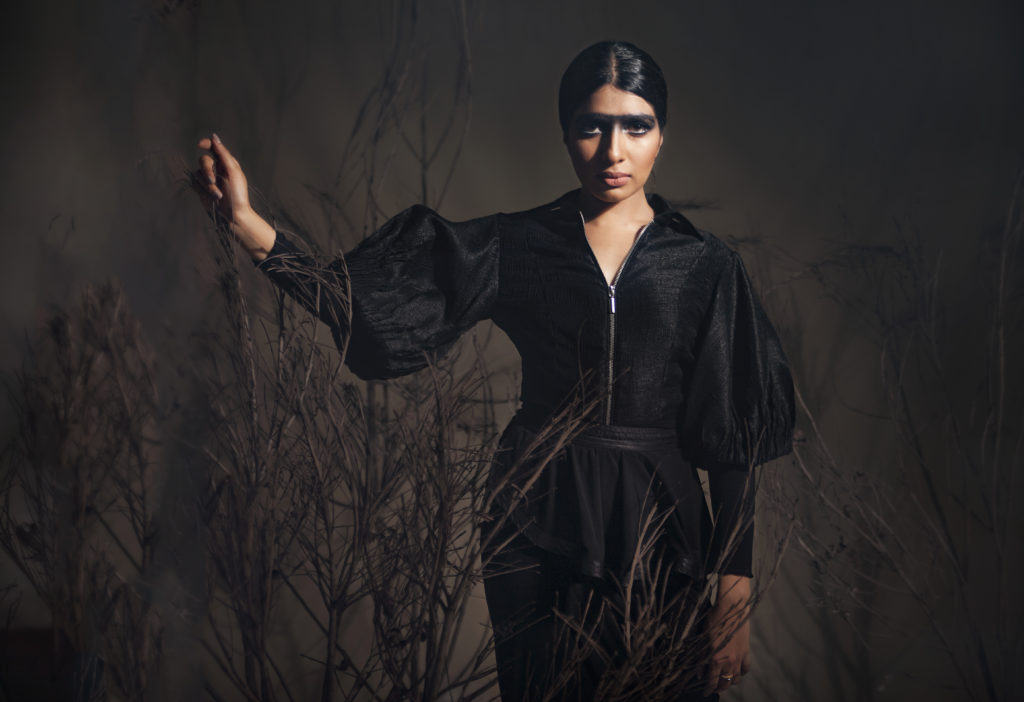
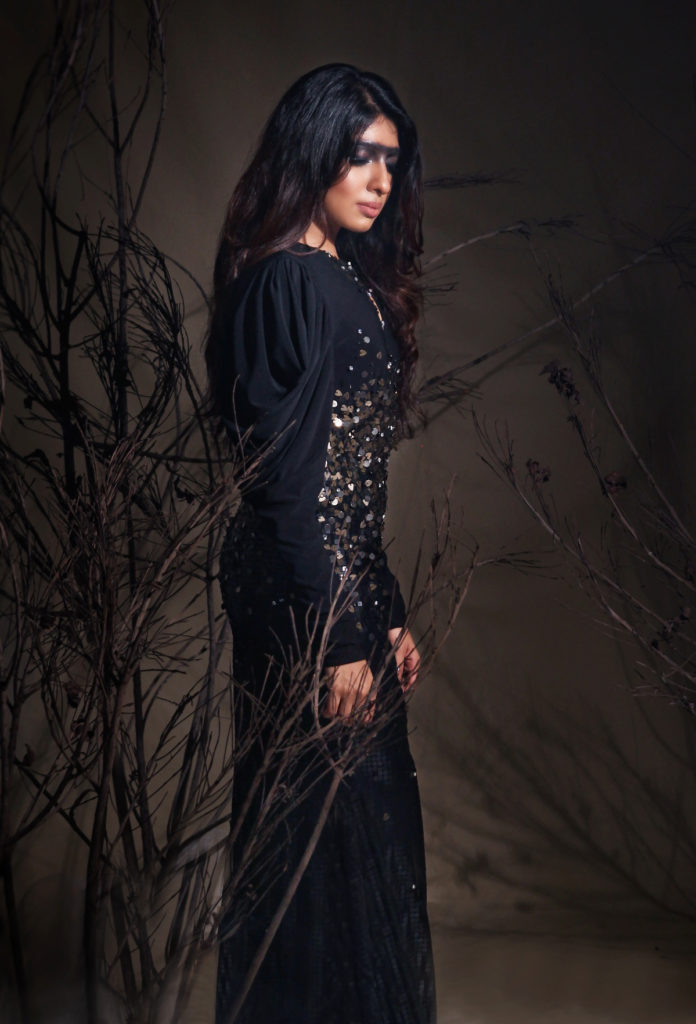
EM: Due to the tremendous presence of social media, it’s not possible to be seen in a dress more than twice. Some people mind it, but some don’t. Have designers come up with a solution for this?
DS: Yes there’s a niche like the former, but the majority are of the latter. As we all know, every woman’s nightmare is seeing someone else in the same dress! Including more separates in a collection range plan gives customers more freedom to mix and match and re-wear pieces with a different look. I also do drapes that can be draped differently which gives different looks that can be re-worn
EM: Name some of the people, locally and internationally, who inspire you.
DS: Christian Siriano, the winner of Project Runway 2008. I admire him because he took criticism well, picked up clues from everyone, won and is enormous today in the fashion world. There’s Rami Kashou, also from Project Runway and Mary Katrantzou, a Greek fashion designer. Locally, I admire Upeksha Hager. We started out together and I saw her growth along with mine from year to year. She does her own thing, but she’s consistent and her brand identity can be seen through her work and I’m impressed at how she has evolved.
EM: What inspires your creations?
DS: That’s tricky, because my designs are never inspired by just one thing…it can be different things you see, hear, etc. ,y 2015 collection was inspired by a line from ‘Gone’ by Ionna Gika, ‘what brings us together is what pulls us apart’; my other designs have been inspired by movies, art, it can be anything.
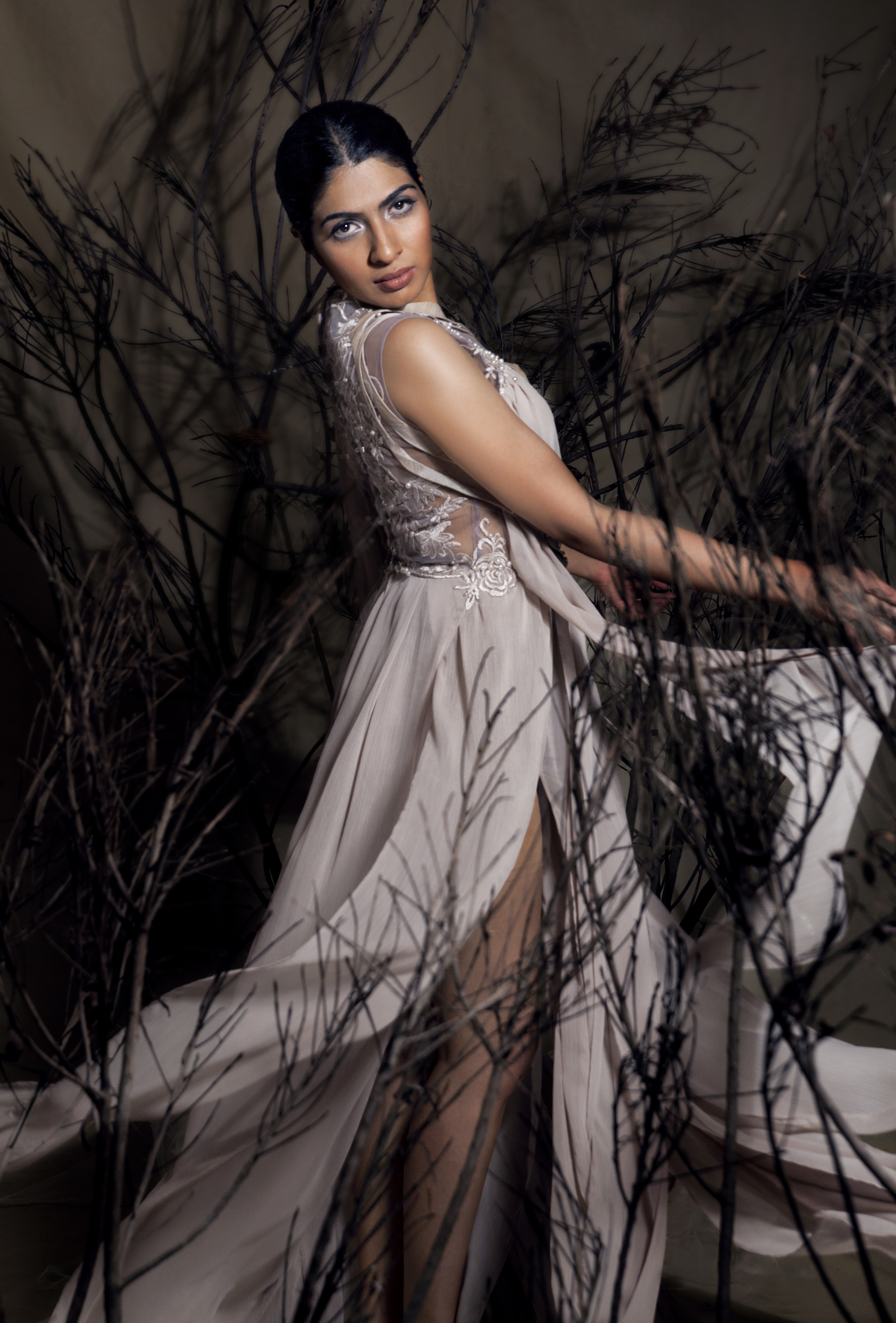
EM: Your thanks go out to…
DS: My parents; my mother is heavily into art and she knew from day one what I wanted to do and during the time I grew up in, not many parents supported their kids through art school. I was fortunate enough to study under Mr Sumana Dissanayake and Shyamala Pinto Jayawardena who encouraged my creativity and imagination. I’m also really grateful to my father as he comes from a business background, and not many dads like that support their kids in an art career, but he had enough faith in me to know that I will make it and today, he’s proud of what I’ve achieved.
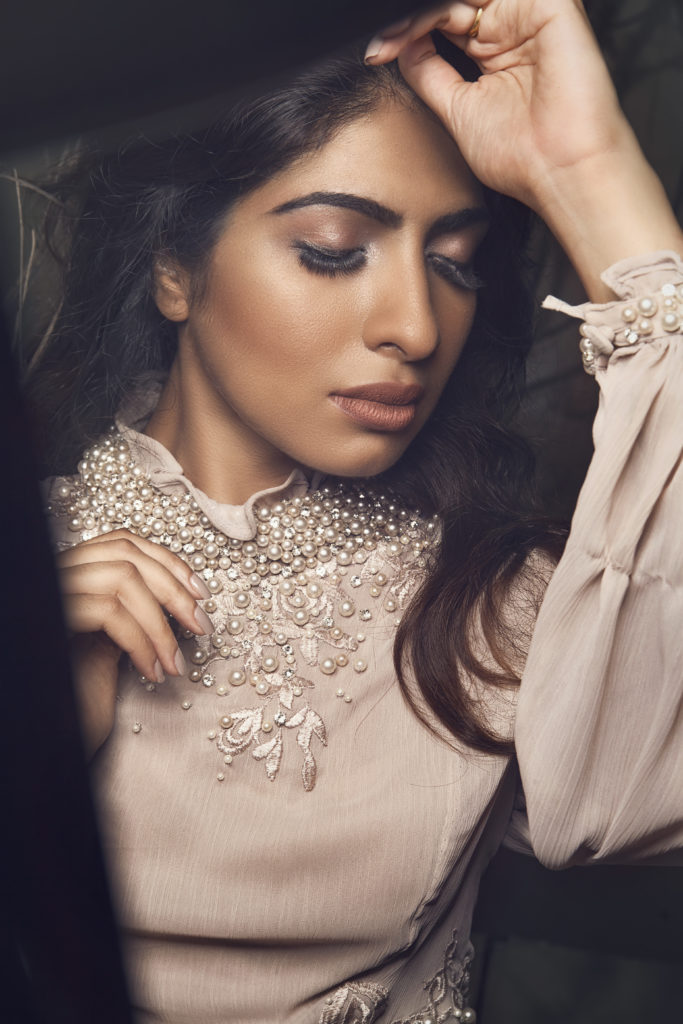
Model – Maneesha Perera
Photographer – Anushika Fernando
Hair and makeup – Dil Sapukotanage
Written by Michelle Alles
